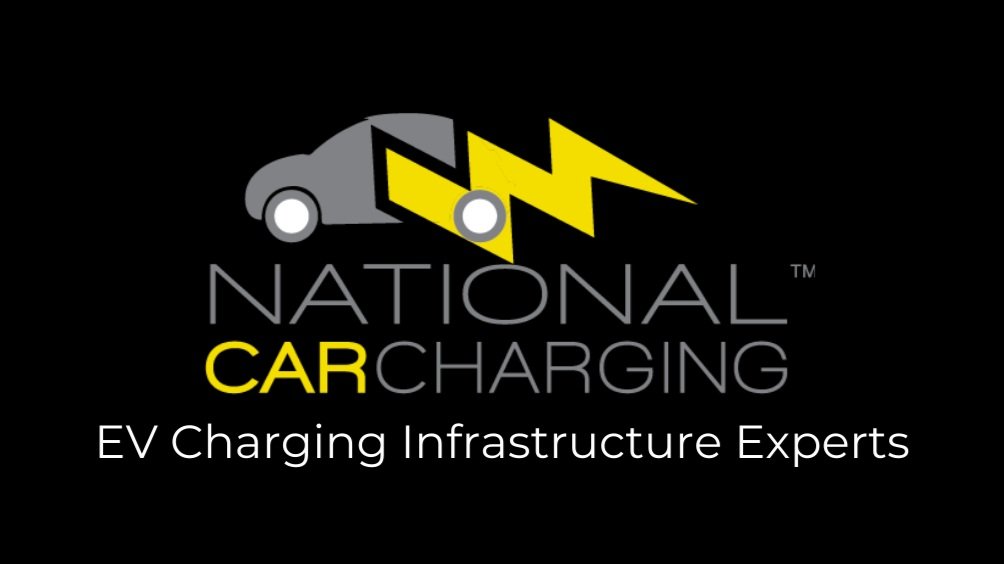Why Load Balancing is Good for CPOs
Load balancing is more than just an efficient way to distribute power to charging EVs. It can enable charge point operators (CPOs) to use less-than-optimal power feeds by maximizing available power capacity, save on electricity costs, and help them charge more vehicles overall. Here’s how.
What is Load Balancing?
Tritium chargers use advanced load balancing algorithms to dynamically and efficiently distribute power among EVs in a charging hub. Load balancing provides the right amount of power to EVs at the right time. EVs don’t all charge at the same rate, and they don’t charge at the same rate over time from 0% to 100% battery capacity. EVs typically draw maximum power early in charging when they have a low state of charge to preserve battery health. Load balancing algorithms provide only the power each EV needs, leaving the rest of the available grid power to charge other EVs in the hub.
What is NACS & what does it mean for fast charging?
By Tritium
In June 2023, Ford and GM announced they’d be switching from the Combined Charging System (CCS) to Tesla’s North American Charging Standard (NACS) connectors for their future EVs. Less than a month later Mercedes-Benz, Polestar, Rivian, and Volvo also announced they’d support the NACS standard for their US vehicles in the coming years. The switch to NACS from CCS seems to have complicated the electric vehicle (EV) charging landscape, but it’s a great opportunity for charger manufacturers and charge point operators (CPOs). With NACS, CPOs will be able to charge more than 1.3 million Tesla EVs on the road in the US.
What is NACS?
NACS is Tesla’s previously proprietary direct current (DC) fast charging connector standard—formerly known simply as the “Tesla charging connector.” It has been used with Tesla cars since 2012 and the connector design became available to other manufacturers in 2022. It was designed for Tesla’s 400-volt battery architecture and is much smaller than other DC fast charging connectors. The NACS connector is used with Tesla superchargers, which currently charge at a rate of up to 250kW.
What is the Tesla Magic Dock?
The Magic Dock is Tesla’s charger-side NACS to CCS1 adapter. About 10 percent of Tesla chargers in the US are equipped with Magic Dock, which lets users select a CCS1 adapter when charging. EV drivers need to use the Tesla app on their phones to charge their EVs with Tesla chargers, even when using the Magic Dock CCS1 adapter. Here’s a video of the Magic Dock in action.
National Car Charging subsidiary providing Tritium EV charging stations for Hawai'i's entire first round of NEVI funding.
Aloha Charge, a National Car Charging company based in Honolulu, announced today that it will be providing all the DC fast charging hardware and software for the first round of the State of Hawai’i’s National Electric Vehicle Infrastructure (NEVI) Program funding.
In September 2022, the Federal Highway Administration approved Hawai’i’s Electric Vehicle Infrastructure Deployment Plan, granting the state access to $2.6 million of NEVI funding in FY2022. As part of their NEVI deployment plan, HDOT is utilizing its existing contract with Sustainability Partners, a public benefit company mandated to form reliable and enduring partnerships with public institutions for the advancement of their critical infrastructure.
“Hawai’i is recognized nationwide and around the world for its commitment to sustainability and has long been at the forefront of the e-mobility transition,” said Tritium CEO Jane Hunter. “We’re not surprised to see the state act so quickly to ensure their community benefits from the emissions reductions that a rapid technology transition to electric vehicles secures. The NEVI funding is designed to ensure this transition occurs quickly and equitably, and Tritium is pleased to partner with the state and its representatives to bolster Hawai’i’s EV charging infrastructure.”
HDOT is using the initial round of NEVI funding to procure eight Tritium NEVI systems, totaling 32 PKM150 (150kW) chargers and 16 power units. The chargers were procured for HDOT by Sustainability Partners from the National Car Charging subsidiary Aloha Charge and will be equipped with software developed by EV Connect, an EV charging management solutions provider. These fast chargers are expected to be the first funded and installed under the NEVI program.



